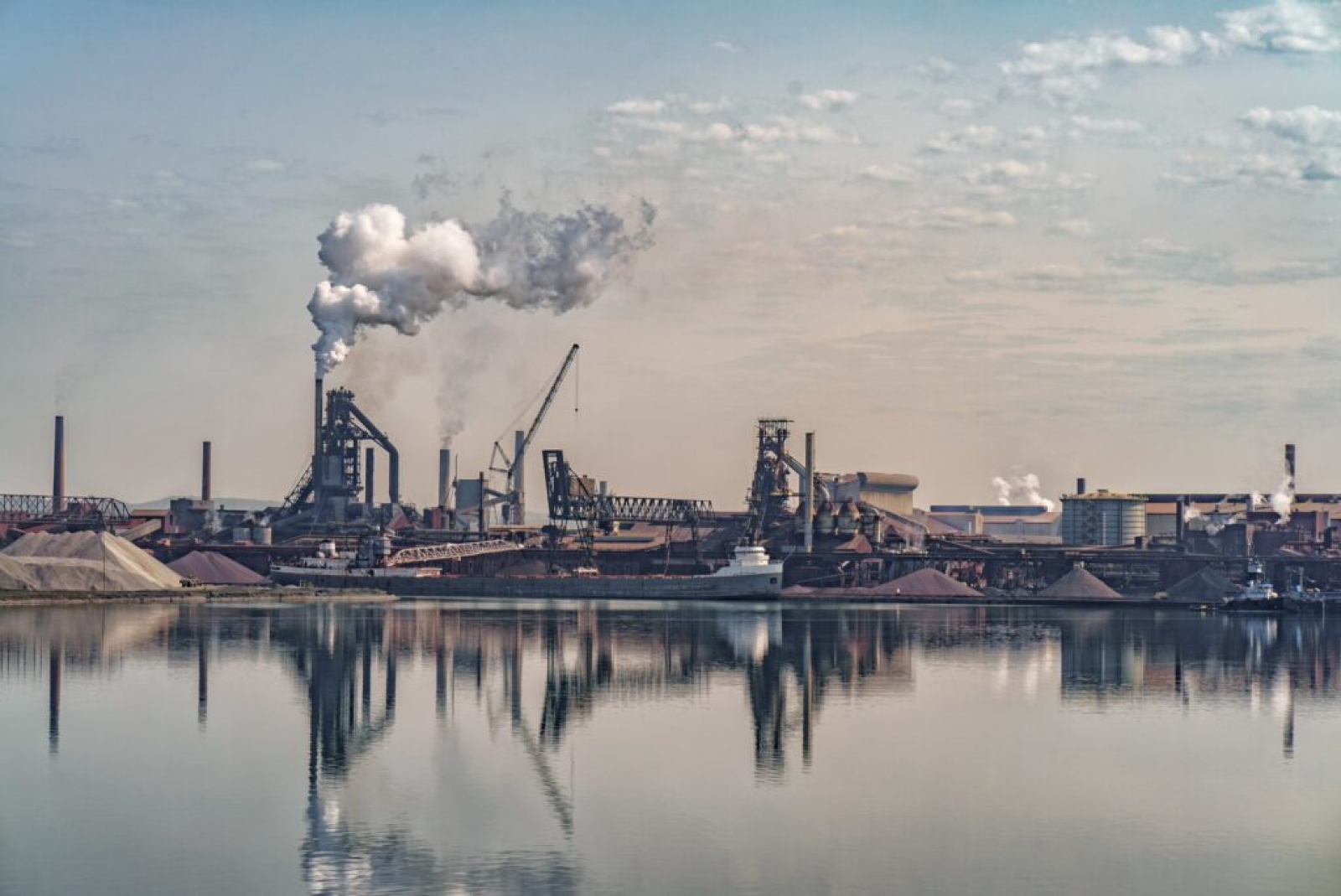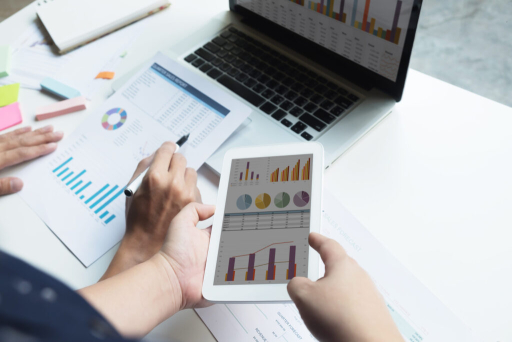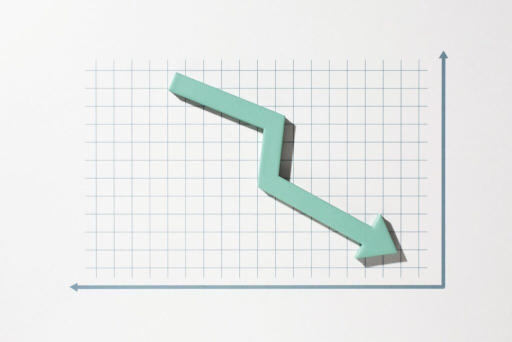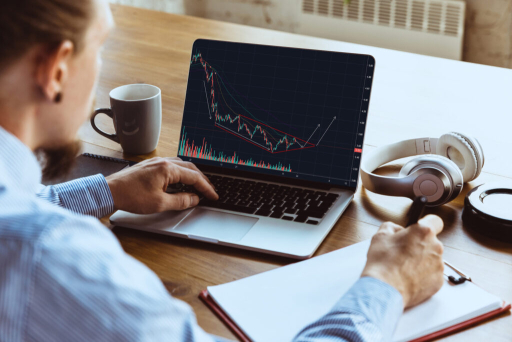
Blog & podcasts: finance and real estate made simple
Articles, insights, and interviews to help you navigate and grow
Commodities as Part of an Investment Portfolio?

“Commodities are back in fashion”
“A new commodity supercycle is here”
“Last year commodities were the best-performing asset class, and you can’t do without them”
“Gold in every Czech household”
These are just some of the headlines I’ve noticed in recent years as an investor and advisor to my clients. In 2022, commodity markets achieved a return of +26% (measured by the S&P GSCI index). This really was the best performance of all asset classes last year. However, throughout the year we also saw massive fluctuations, mainly due to the geopolitical situation. So what is the reality of commodities as an investment tool for the average investor (NOT a speculator/trader)?
The most commonly traded commodities can be divided into energy, agricultural, metals, or, for example, wood. The commodity market is generally complex and can be difficult, volatile, and fairly risky for inexperienced investors. Nevertheless, investors have several options for investing in commodities.
Futures Contracts
One of the most common ways to invest in commodities is through futures contracts.
Let’s be clear—this specific option is not suitable for most regular investors. The reason is that the contracts are often too large relative to their investment capital. They also use built-in leverage, which makes them highly risky. Furthermore, due to the very nature of futures contracts, payment for the trade is made upfront, but settlement occurs at some point in the future. This makes them highly speculative trades.
ETFs and Index Funds
Another option is investing in Exchange-Traded Funds (ETFs), which are similar to stock funds. These funds aim to track the performance of a specific commodity or the entire commodity market. This is probably the most common way to directly invest in this asset class.
Company Stocks
Investing in the shares of companies specializing in the extraction, processing, and sale of commodities can also be an option. For example, if an investor decides to buy shares of companies that extract and sell oil, their performance will partly depend on the price of that commodity. However, this is no longer a direct exposure to the commodity itself—other factors also play a role in the development of your investment.
Buying Physical Commodities
The last option for investing in commodities is buying the physical commodity itself. In the Czech Republic, gold is especially popular, though personally, I see it as the least suitable option. Why? Expensive to purchase/store, volatile, illiquid, risky, and with zero regular yield. Despite all these characteristics, Czechs still view gold as a suitable investment or even as savings. In my opinion, this is a misunderstanding of its function.
Physical gold might perhaps be viewed as a kind of insurance against crisis scenarios (war, dysfunction of the financial system, etc.). However, even in this case, I have doubts about how it would actually work in practice today or in the future as a means of payment.
Conclusion
Commodities are generally very specific, and their use makes sense mainly in certain situations or periods. I would therefore only include them as a complementary part of an investment portfolio, in the form of ETFs/index funds or company stocks.
If you are unsure whether commodities are a suitable investment for you, click on the form below and fill in your contact details. Your advisor will get in touch with you.
Stone & belter blog
Similar articles
Category















